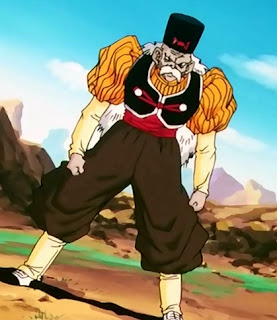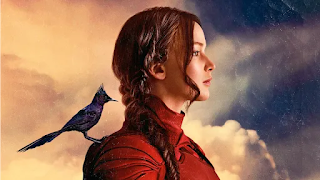As we saw in the Ahsoka trailer (click here to watch if you haven't already) it seems that our fan-favorite Jedi’s show will almost be a direct continuation of the Rebels cartoon. Multiple characters from the series have been confirmed and others are likely to be referenced. So let’s highlight each member of the Ghost’s team so that you’re getting ready for Ahsoka.
Kanan Jarrus
At the time of Order 66, he was known as Caleb Dume, padawan of Jedi master Depa Billaba. After Master Depa was killed by Clone Troopers, Caleb escaped because of the Bad Batch (you can see that scene in the series premiere of The Bad Batch), who weren’t affected by Order 66. He’s not seen again, at least on the screen, until the beginning of Rebels, where he has joined Hera’s crew on the Ghost and forsaken the Jedi identity. But when force-sensitive Ezra joins the crew, he takes the young man as a padawan. Throughout the course of their many battles and missions, Kanan ends up going blind in a lightsaber battle and ends up sacrificing his life for cause.
Hera Syndulla
Captain and pseudo-mom of the team, Here's family previously appeared in Clone Wars. But chronologically her first appearance, like Kanan, was during The Bad Batch. As an adult, she's the Ghost's captain and the team's original link to other rebel cells. Her romantic relationship with Kanan makes her decisions as a leader that much more impressive. During the Rebels epilogue, it's revealed that Hera was pregnant when Kanan died, so maybe we'll see young Syndulla-Jarrus in Ahsoka.
Garazeb “Zeb” Orrelios
Supposedly the last of the Lasat race, he carried that trauma with him throughout the series… until he found other Lasats and helped save their race. But for the most part, throughout Rebels, he was just the big brother that harassed Ezra and hatched schemes with him. Though, in my opinion, his biggest contribution to the rebellion was inadvertently recruiting Agent Kallus to their cause, while trapped on a frozen planet with him. He was last seen as a cameo during The Mandalorian (see episode 3x05 "The Pirate").
Sabine Wren
A Mandalorian child drafted into the Empire, but she left the Empire after becoming disillusioned. Aboard the Ghost, she's the resident artist, painting anything from her quarters to a TIE fighter. With all the emphasis on Mandalore lately, especially during the latest season of The Mandalorian, I wonder how that'll play into Sabine's story in Ahsoka. It should also be noted that Sabine held the Darksaber for a time, before handing it over to Bo Katan… but as we learned in The Mandalorian, that didn’t turn out so well for her.
C1-10P “Chopper”
If R2-D2 is the sassiest droid, Chopper is the angstiest. This metal can of fury isn’t afraid at any point to deactivate any given droid or to push someone into a pit. After a mission during the Clone Wars, Chopper was found by Hera on her home planet. Somehow he also had a knack for blending in among Imperial droids. How? I don’t know. Side note: There’s an Easter egg during Rogue One where you can see Chopper on Yavin 4.
Ezra Bridger
An orphan found on Lothal, he follows a similar story arc to Skye on Agents of SHIELD (who I’m still hoping to see on Secret Invasion–have I mentioned that yet?). He becomes Kanan’s Jedi apprentice and, like Anakin, gets tempted by the Dark Side at times. In some ways he was Harry Potter-esque, running head first into danger without a second thought. I’d argue it was his Harry-like behavior and his Force connection to the purrgil that ended the Empire’s occupation of Lothal, as he and Grand Admiral Thrawn were sent into deep hyperspace.
Alright. So now that you know the Rebels and read a couple spoilers, go watch Star Wars Rebels. You still have time before Ahsoka premieres!


































